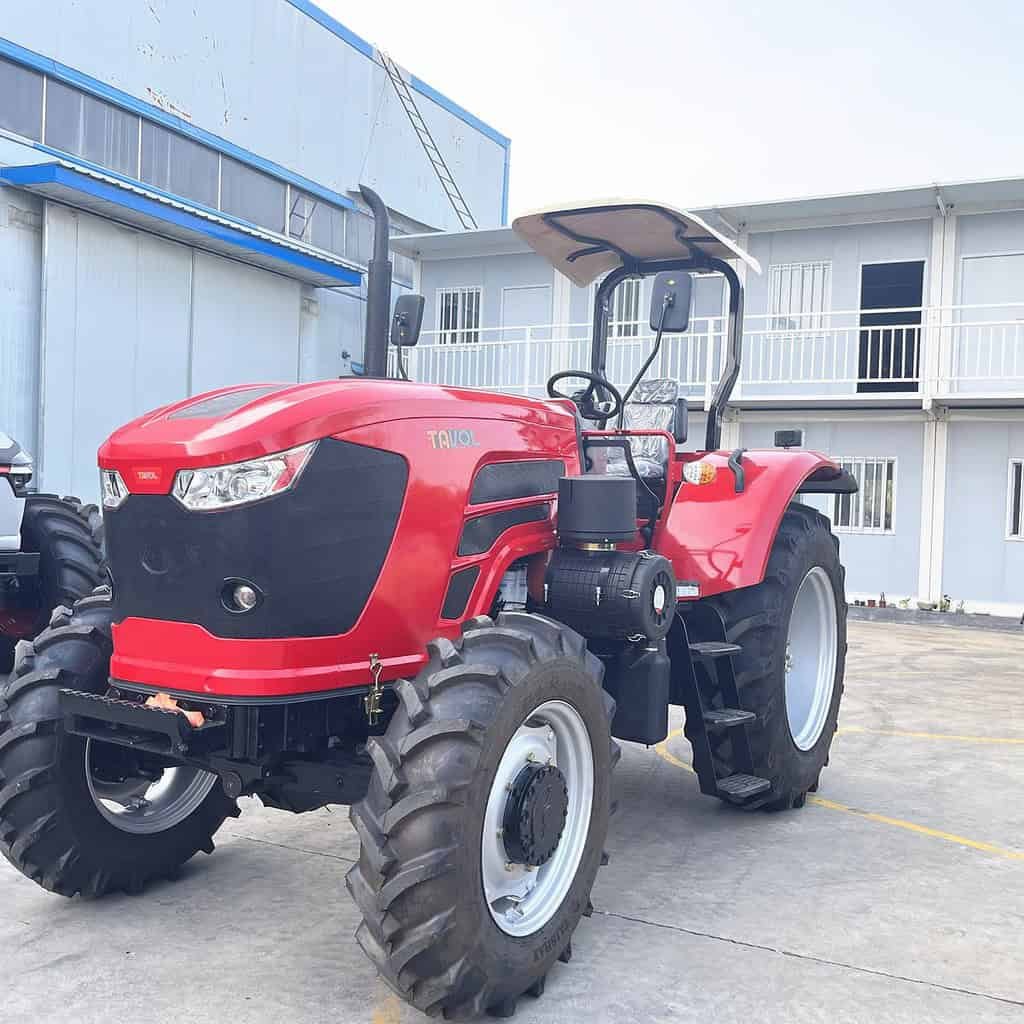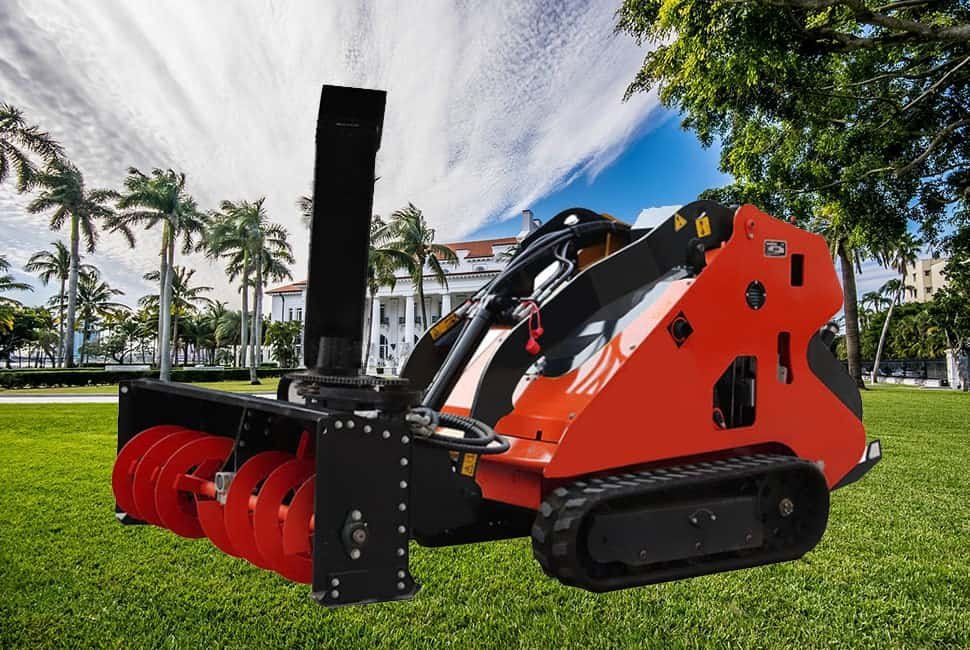Many tractor owners are eager to optimize performance, and performance chips offer a potential solution. However, it is essential to evaluate their actual benefits and risks. These chips can enhance power, fuel efficiency, and torque by modifying the engine control system. Understanding how they work and their impact is crucial before making a decision. Let’s delve into the details and explore the effectiveness of performance chips in tractors.
Are performance chips a good idea?
When considering performance chips for your equipment, the decision primarily hinges on your workload and personal needs. For those regularly tackling heavy tasks, the potential power and efficiency enhancements can be quite attractive.
Performance chips play a crucial role in improving engine performance, especially when dealing with substantial attachments or challenging environmental conditions. They are designed to optimize output, allowing your equipment to maintain effectiveness during demanding operations.
Before finalizing your decision, it is essential to carefully examine your machine for compatibility. If it is used with a variety of attachments, such as hydraulics-driven implements, ensure that the chip will not lead to excessive play or movement. Additionally, always verify that any modifications will not void your warranty, and remember to incorporate appropriate maintenance routines following installation.
How to increase the horsepower of a tractor?
Increasing your tractor’s horsepower involves more than just installing a performance chip. Several other strategies, such as proper maintenance, upgrading engine components, and optimizing fuel systems, can significantly enhance engine output.
A holistic approach is essential for achieving optimal performance. This includes regular machine inspections, and testing its performance—particularly with hydraulic systems and heavy attachments—to maintain long-term power gains. Ensuring your equipment is equipped with the right tools for the job can help prevent unnecessary strain on the engine, maximizing overall efficiency.
Can you chip a tractor?

When considering performance chips for your tractor, it is essential to confirm whether your specific model can support such modifications. Not all of them are compatible with performance chips, with some older or specialized models requiring caution.
Before proceeding with chip installation, ensure that your engine is indeed compatible with these modifications. Checking the manufacturer’s guidelines is crucial to avoid voiding any existing warranty. Additionally, seeking advice from operators who have successfully used performance chips on similar models can provide valuable insights.
Exercise caution, especially when chipping a piece of equipment equipped with advanced hydraulic systems, as improper tuning may lead to unintended performance issues. Be diligent in your assessment to ensure a successful integration of the performance chip.
What does chipping a diesel do?
When chipping a diesel engine, the typical adjustments involve key parameters such as fuel injection and turbo boost, aimed at enhancing power output and fuel efficiency.
The modifications made by diesel performance chips alter the engine’s control systems to increase torque, improve power, and optimize fuel consumption. This results in improved performance, particularly beneficial when the tractor is dealing with heavy loads.
After chipping the diesel engine of your tractor, it is essential to conduct a thorough inspection of the machine. Regular checks will help ensure that the engine remains efficient and that no unusual play or movement is detected in the attachments or hydraulic systems. Monitoring performance is essential to maintain the longevity of the equipment.
Is chipping a diesel engine safe?
The safety of chipping a diesel engine relies on various factors, such as proper installation and compatibility with the specific engine type. Risks can arise if these aspects are not carefully managed.
Chipping a diesel engine is generally considered safe when executed correctly. However, if the chip is incompatible with the tractor’s engine, or if the installation is inadequate, it may result in engine damage.
To ensure safety, it is advisable to work with a professional technician and adhere to the manufacturer’s recommendations. Conducting performance tests post-installation can help identify any potential issues at an early stage. Additionally, be mindful that chip tuning may impact warranty coverage, so it is essential to review the terms thoroughly before proceeding.
What is the downside of chip tuning

While performance chips offer clear benefits, potential downsides include increased engine wear, potential legal issues, and the risk of voiding warranties.
Chip tuning has the potential to accelerate engine wear, particularly under heavy usage. It may also void the tractor’s warranty, and some regions may have regulations concerning engine modifications.
Chipping the tractor’s engine places additional stress on components, especially when utilizing heavy hydraulics. Care should be taken, as improper tuning can lead to performance failures. Seeking feedback from other users through related equipment posts can provide valuable insights. Always weigh the long-term consequences carefully before deciding to chip-tune your equipment.
ملخص:
Performance chips can significantly enhance a tractor’s efficiency and power, but it is crucial to thoroughly consider potential downsides and risks.
This revision maintains the original structure, with integrated semantic keywords. Let me know if further adjustments are needed!


